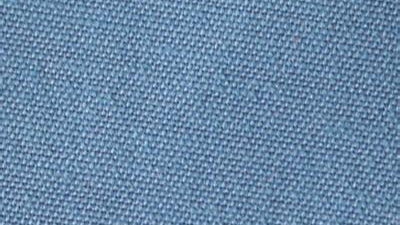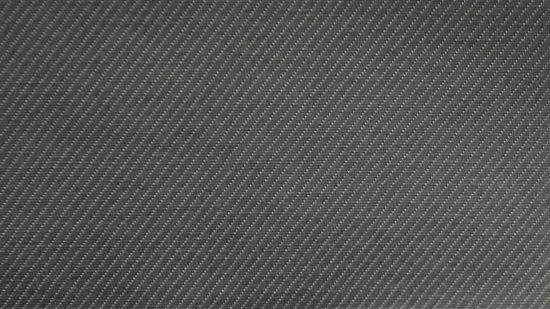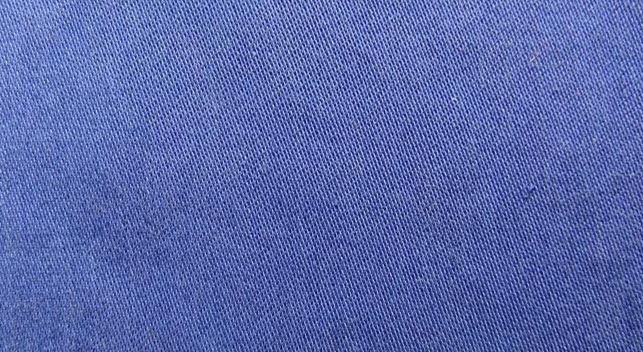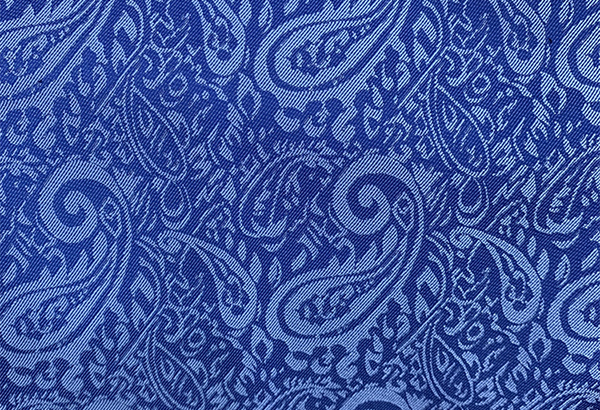In daily life, we always hear that this is plain weave, this is twill weave, this is satin weave, this is jacquard weave and so on. But in fact, many people are at a loss after listening to it. What is so good about it? Today, let’s talk about the characteristics and identification of these three fabrics.
1.Plain weave, twill weave, and satin are about the structure of the fabric
The so-called plain weave, twill weave and satin weave (satin) refer to the structure of the fabric. In terms of structure alone, the three are not good or bad, but each has its own characteristics because of the difference in structure.
(1)Plain Fabric
It is a general term for plain weave cotton cloth of various specifications. These include plain weave and plain weave variable weave, various cotton plain weave fabrics with different specifications and styles. Such as: coarse plain cloth, medium plain cloth, fine plain cloth, gauze poplin, half-thread poplin, full-line poplin, hemp yarn and brushed plain cloth, etc. There are 65 kinds in total.
The warp and weft yarns are interlaced every other yarn. The cloth texture is firm, scratchy, and the surface is smooth. Generally, high-end embroidery fabrics are made of plain weave fabrics.
Plain weave fabric has many interweaving points, firm texture, smooth surface, the same appearance effect on the front and back, lighter and thinner, and better air permeability. The structure of the plain weave determines its lower density. Generally speaking, the price of plain weave fabric is relatively low. But there are also a few plain weave fabrics that are more expensive, such as some high-end embroidery fabrics.

(2)Twill Fabric
It is a general term for cotton fabrics with various specifications of twill weave, including twill weave and twill weave changes, and various cotton twill fabrics with different specifications and styles. Such as: yarn twill, yarn serge, half-line serge, yarn gabardine, half-line gabardine, yarn khaki, half-line khaki, full-line khaki, brushed twill, etc., a total of 44 kinds.
In twill fabric, the warp and weft are interwoven at least every two yarns, that is, 2/1 or 3/1. Adding warp and weft interweaving points to change the fabric structure is collectively referred to as twill fabric. The characteristic of this kind of cloth is that it is relatively thick and has a strong three-dimensional texture. The number of counts is 40, 60, etc.

(3)Satin Fabric
It is a general term for various specifications of satin weave cotton cloth. These include various satin weaves and satin weaves, various specifications and styles of satin weaves.
The warp and weft are interwoven at least every three yarns. Among the fabrics, the density is the highest and the thickest, and the cloth surface is smoother, more delicate, and full of luster, but the product cost is higher, so the price will be relatively expensive.
The satin weaving process is relatively complicated, and only one of the warp and weft yarns covers the surface in the form of floating lengths. The warp satin that covers the surface is called warp satin; the weft float that covers the surface is called weft satin. The longer floating length makes the surface of the fabric have better luster and is easy to reflect light. Therefore, if you look closely at the cotton satin fabric, you will feel a faint luster.
If the filament yarn with better luster is used as the floating long thread, the luster of the fabric and the reflectivity to light will be more prominent. For example, the silk jacquard fabric has a silky bright effect. Long floating threads in satin weave are prone to fraying, fluffing or fibers being picked out. Therefore, the strength of this type of fabric is lower than that of plain and twill fabrics. The fabric with the same yarn count has higher satin density and thicker, and the cost is also higher. Plain weave, twill weave, and satin are the three most basic ways of weaving warp and weft threads. There is no specific distinction between good and bad, but in terms of craftsmanship, satin is definitely the best of pure cotton fabrics, and twill is more accepted by most families.

It was popular in Europe several centuries ago, and jacquard fabric clothing has become a classic for the royal family and nobles to embody dignity and elegance. Today, noble patterns and gorgeous fabrics have clearly become the trend of high-end home textiles. The fabric of jacquard fabric changes warp and weft weave during weaving to form a pattern, the yarn count is fine, and the requirements for raw materials are extremely high. The warp and weft yarns of the jacquard fabric interweave and fluctuate to form various patterns. The texture is soft, delicate and smooth, with good smoothness, drape and air permeability, and high color fastness.

Post time: Dec-09-2022

